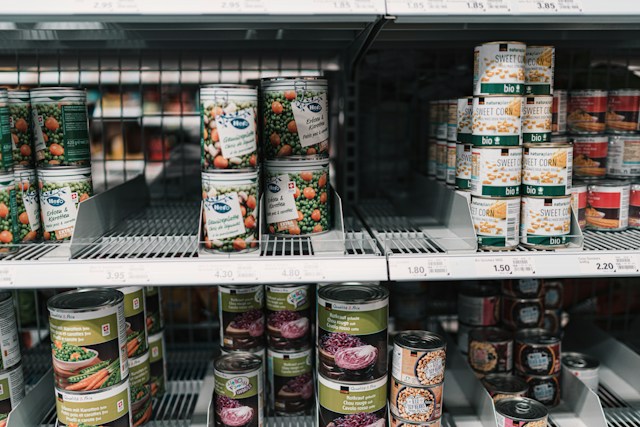How much sodium is too much and where is it coming from?

We actually do need sodium for our bodies to work properly.
Sodium helps control blood pressure and blood volume (fluid balance). Your body also needs sodium for your muscles to move and nerves to work and function properly. However, you only need a small amount each day – only about 500 mg, which is the amount found in less than ¼ teaspoon of table salt.
The recommended daily intake from the Dietary Guidelines for Americans is 2,300 mg, but on average, Americans take in more than 3,400 mg of sodium each day -- that's about 1.5 teaspoons!
Regularly getting too much sodium over time can become a problem. When there is excess sodium in the bloodstream, it pulls water into your blood vessels. This increases the total amount (volume) of blood inside your vessels and increases the pressure, like water running through a garden hose.
High blood pressure can be very destructive over time and can lead to more advanced heart disease, stroke, and kidney disease. Getting too much sodium can also cause calcium losses and weaken bone structure. It is also a risk factor for stomach cancer.
Unfortunately, this is not just an adult problem. 90% of children get more than the recommended amount of sodium, and 1 in 6 children between the ages of 8 and 17 have high blood pressure. This, of course, can progress and cause bigger health problems.
The first step in reducing the amount of sodium in your school meals is to know where it’s coming from.
Despite what many people think, most sodium isn’t coming from table salt added to food when cooking or eating. The majority of sodium – 77% - comes from eating prepared or processed foods.
The top 10 sources of sodium in children's’ diets are:
- Breads, rolls, and crackers
- Salty snacks (chips, pretzels)
- Pizza
- Sandwiches (burgers, hot dogs, chicken)
- Mexican food (burritos, tacos)
- Cold cuts and cured meats (turkey, ham, pepproni, etc.)
- Chicken nuggets
- Soup
- Cheese
Almost HALF of children’s daily sodium comes from these foods (43%). Are these foods common in your school menu?
Nutrition programs have to balance a lot of issues – heat and serve can be helpful if you lack cooking equipment and/or skilled labor. These foods can be high in sodium and other nutrients we want to limit, but students tend to like them. So what can we do? Read our next blog post for some helpful strategies!


